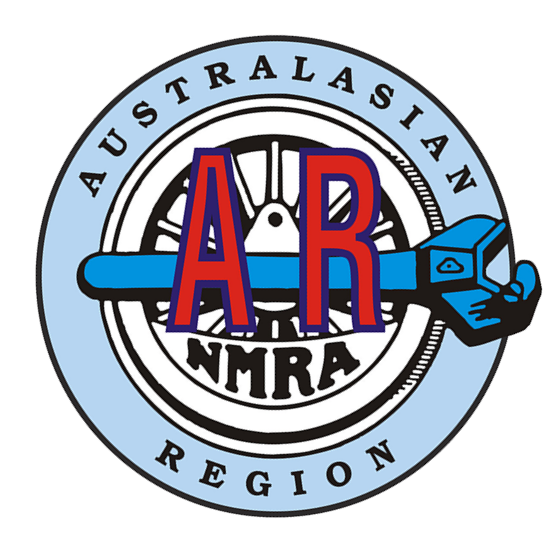HO by John Saxon MMR HLM
A move in late 1997 from suburban Sydney to a new waterside home 50 miles further north forced demolition of the SP influenced Cedar Valley Short Lines and its redevelopment as the CV’s Allegheny Division.
A long standing interest in coal hauling, the C&O, the NKP, the N&W, operation and a visit to Tony Koester’s excellent Allegheny Midland in 1993 led to consideration of using the AM as a basis for the new adventure. Living in Australia, one does not usually have access to the full size North American prototypes for research purposes and as there was considerable information available on the AM I decided that, with Tony’s consent (duly granted), to proceed.
The new layout is 16’ X 23’ is only half the size of the AM so some sections had to be left out. I have however 8 track staging yards at both the north and south ends and smaller versions of Midland/South Fork, Glady, Altapass, Lime Springs, Gap Run and Sunrise. Additionally, there are two coal branches, a WM staging track, a N&W staging track and a continuous run connection to allow re-staging of trains between operating sessions and extra staging when operating. A recent small extension into the adjoining garage has provided an additional 3 passing loops and has provided for much more operational flexibility.
Track laying is now complete and scenery featuring a type of local shale mirroring real rock is largely completed. Minimum visible radius is 27” and 24” hidden. Grades are a maximum of 2.5% (continuous run is 3.0%) and the elevations rise from 43” at Cedar Valley (Sunrise) to 54” at Middleton (Midland). Most turnouts are Shinohara #6 or #8, rail is code 100 in north and south staging and code 70 and 55 on the main and in yards
EasyDCC is used and has proved very satisfactory. All turnouts within reach are operated by slide switch-based switch stands with remote turnouts worked by a combination of Tortoise and Lemarco switch motors.
Structures are a mixture of scratch-built, kit-bashed and craftsman kit buildings and bridges. Colour schemes are based on C&O practices, the architecture reflects the West Virginia locale and to date there are over 2500 trees made from Woodland Scenics fiberfill and ground colours.
A number of operating sessions with a local group of NMRA members have been held using car cards and train orders. Planning for introduction of centralised traffic control using telephones, agents and a magnetic CTC board is under way.
Please enjoy the accompanying photographs. For more information please contact
John Saxon MMR
(61) (2) 43 697 453
jsaxon1 (at) optusnet.com.au
